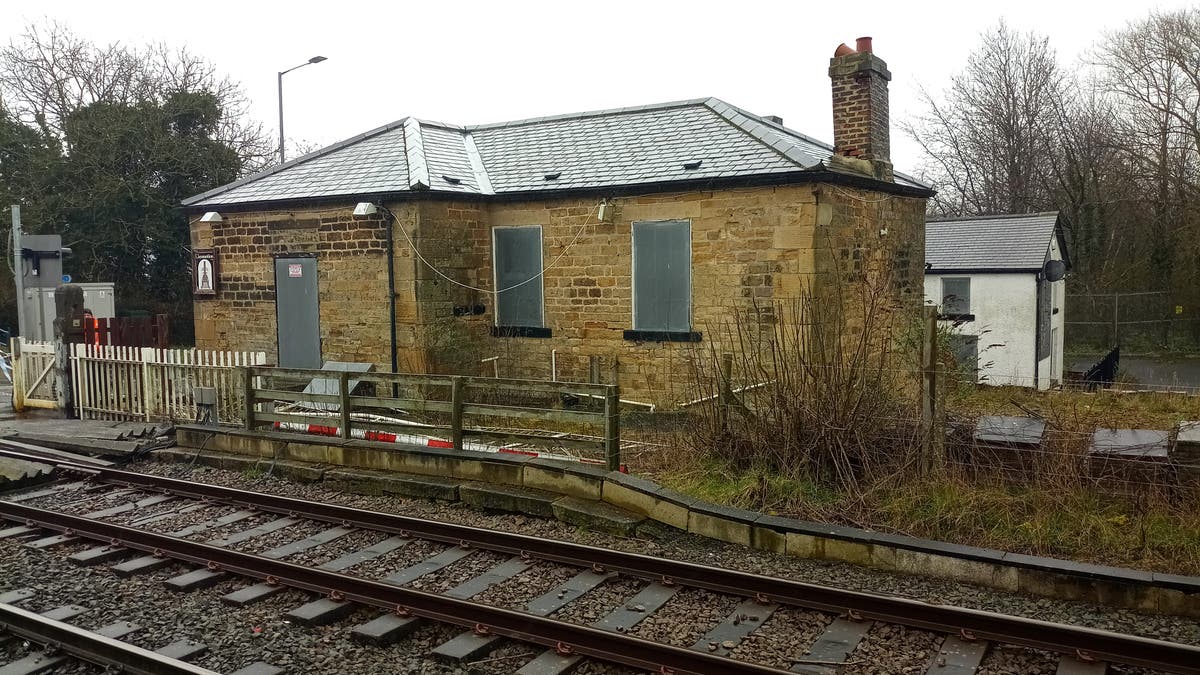The world’s first railway station is among the sites added to a list of heritage at risk, an annual update shows. But there is better news for a market town’s historic centre, an early railway goods shed, a city cemetery and a 1930s lido, which are no longer considered at risk after work to conserve them. Government heritage agency Historic England has published its 2024 Heritage at Risk Register, which shows that 155 sites have been added to the list over concerns about neglect and decay.
Meanwhile 124 have been removed following efforts to conserve them and give them a new lease of life. Among the sites added to the list are Tamworth Castle in Staffordshire, a Grade I listed motte-and-bailey fortification that needs extensive repair, and Hurst Castle, a Tudor fortress by the sea in Hampshire. Waltham Windmill in Lincolnshire, one of England’s few working six-sail mills, is on the list now because it is at risk from climate change, especially high winds and heavy rain.

Heighington and Aycliffe Railway Station in Newton Aycliffe, County Durham, which dates from 1826 and is considered to be the world’s first railway station, has been added to the list as it has become derelict. Kings Norton Old Grammar School, Birmingham, a half timbered building formerly used as a school from the 17th century and targeted by the Suffragettes, is subject to damp and rainwater, putting it on the list. Victorian glasshouses at Somerleyton Hall, Suffolk, thought to be by Sir Joseph Paxton.
























